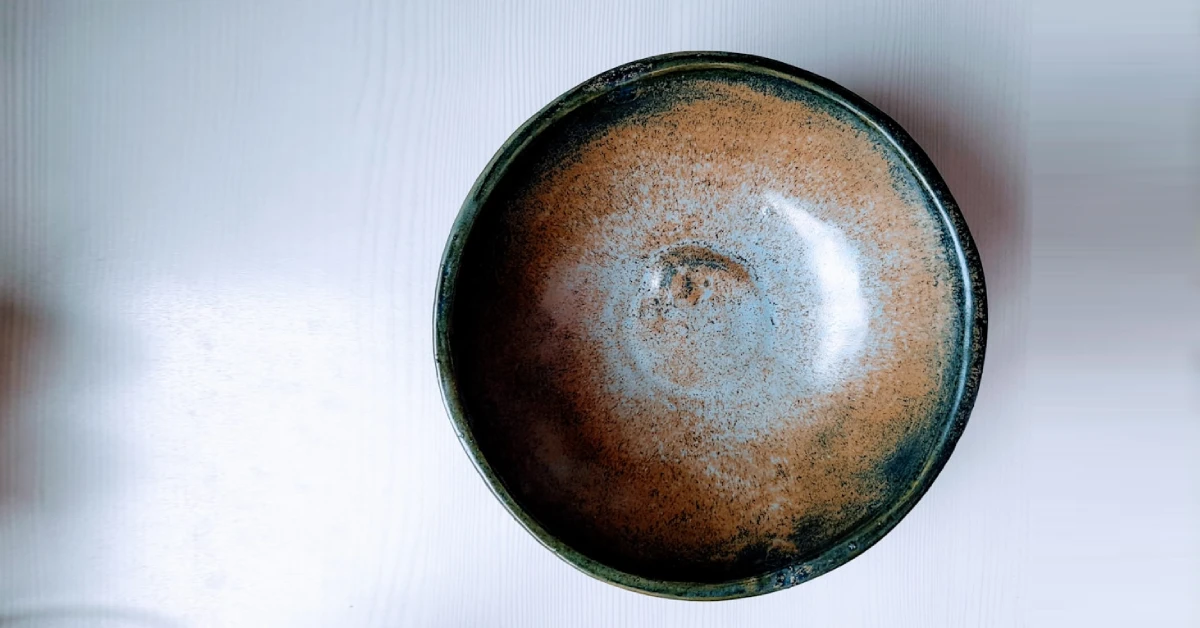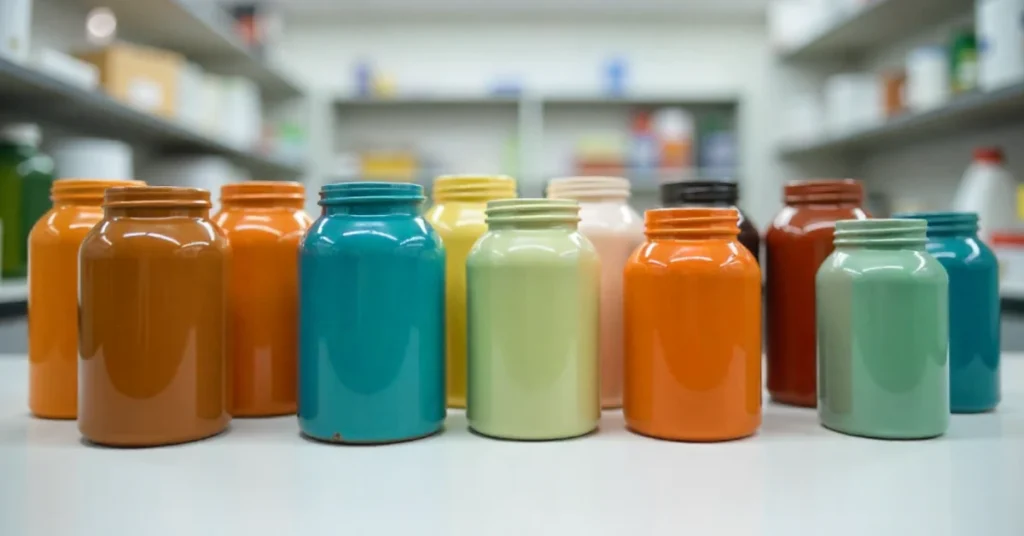Mayco is recognized as one of the most innovative brands in the ceramics industry, offering a wide selection of glazes designed for versatility, creativity, and reliability. Achieving consistent results with these products requires a combination of technical precision and artistic awareness.
By understanding the characteristics of Mayco glazes and how they respond to various application and firing conditions, ceramic artists can ensure their work maintains professional quality and repeatable beauty.
Understanding Mayco Glazes
Mayco’s product line includes options suited for nearly every glazing goal. Stroke & Coat glazes provide vibrant, opaque coverage for both functional and decorative pieces. The Foundations series offers reliable base colors, while Elements and Flux glazes are designed for layered, reactive effects. Crystalites and Jungle Gems incorporate crystals that melt into unique patterns, producing dynamic visual textures. Each line is formulated to perform predictably within its cone range, allowing artists to experiment confidently across temperature variations.
Preparing for Successful Glazing
Proper preparation is essential to ensure Mayco glazes perform as intended. Bisqueware should be smooth, clean, and completely free of dust or oil residues to promote even absorption. Each glaze must be mixed thoroughly before use to redistribute colorants and suspension agents that may have settled. Testing glaze samples on small tiles helps preview color outcomes and identify compatibility issues between the glaze and clay body. Investing time in preparation prevents inconsistencies and supports reliable, repeatable results.
Application Techniques for Consistency

Consistency in application is a defining factor in glaze quality. For brushing, Mayco recommends two to three even coats, allowing each to dry fully before applying the next. High-quality soft brushes help achieve uniform coverage and avoid visible brush strokes. When dipping or pouring, ensure the glaze is well-mixed and strained to prevent clumping or uneven thickness. Spraying techniques offer subtle gradients but require attention to overlap and air pressure. Controlled application leads to a smoother finish and vibrant color development after firing.
Layering and Combining Mayco Glazes
Layering Mayco glazes opens endless creative possibilities. Stroke & Coat glazes can be layered with Elements or Flux to produce deep, variegated effects with subtle color transitions. Crystalites and Jungle Gems glazes create unpredictable but visually rich surfaces, particularly when applied over solid base coats. To maintain control, artists should test combinations in small sections before applying them to full pieces. Proper layering achieves visual complexity while maintaining structural integrity and surface quality.
Firing Guidelines and Temperature Control
Accurate firing is critical to obtaining consistent Mayco glaze results. Most Mayco products are formulated for Cone 06–04 (low-fire), but many can also be fired successfully at mid-range temperatures (Cone 5–6) with adjusted color expectations. Kiln calibration should be verified regularly to ensure temperature accuracy. A slow ramp-up and controlled cooling phase prevent common glaze issues like pinholing or color burnout. The firing atmosphere also plays a role—oxidation firing in electric kilns typically yields bright, clean colors, while reduction can produce muted, rustic tones.
Consistent results with Mayco glazes come from a balance of technical discipline and creative curiosity. By preparing surfaces carefully, applying glazes evenly, controlling firing conditions, and documenting each process, artists can achieve reliable outcomes without limiting experimentation. Mayco’s extensive range of glazes supports both precision and artistic freedom, making them a preferred choice for potters at every skill level. Mastery of these techniques ensures that every piece reflects both craftsmanship and individuality.

